Remixing Materials
Lara Campos explained us her design work that focusses on biomaterial textiles and biocentric design. After performing a few examplary recepies and explaining the different methodologies to create different properties for biomaterials Lara invited us to adjust and replace ingredients and document possible applications of the material outcomes in broader contexts.
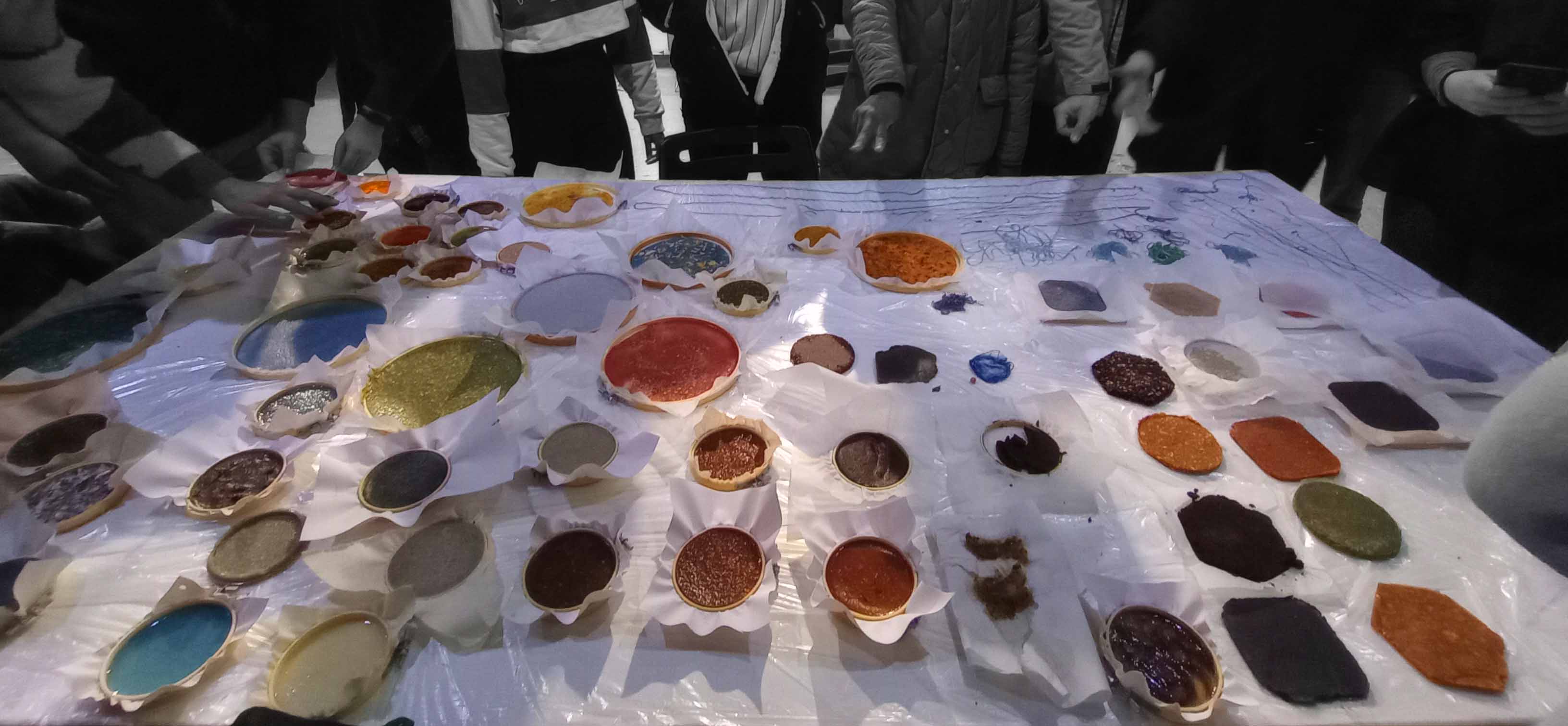
The similarities between making biomaterials and gastronomy were impossible to miss. Especially when using discarded pieces of food, foodwaste, powdered fruits and vegetable extracts the sensoric perceiving appeared very - positively - alike.

Developping biomaterials alone does not solve the problems it intents to. When applied, biomaterials could become interesting and meaningful.
Everything before that point is just adding onto the already insane amount of excess material.
For a while I wanted to start to pick up sculpting. During the Fab Academy classes we got to know Blender 3D as a open-source CAD tool and
I got familiar with the sculpting workspace shortly after. It allows a distinctive spacial creative freedom and adaptability that I didn't encountered in any other CAD program.


As step towards realizing this idea, the concept of growing seeds with a biomaterial as medium has to be proven. We ran this in a small series of samples.
We shaped and assembled the experiments, kept them hydrated for a week and let the seeds germinate. Kai prepared a few stretched foil across the samples to increase the humidity, resulting in the seedlings to show up shortly after.